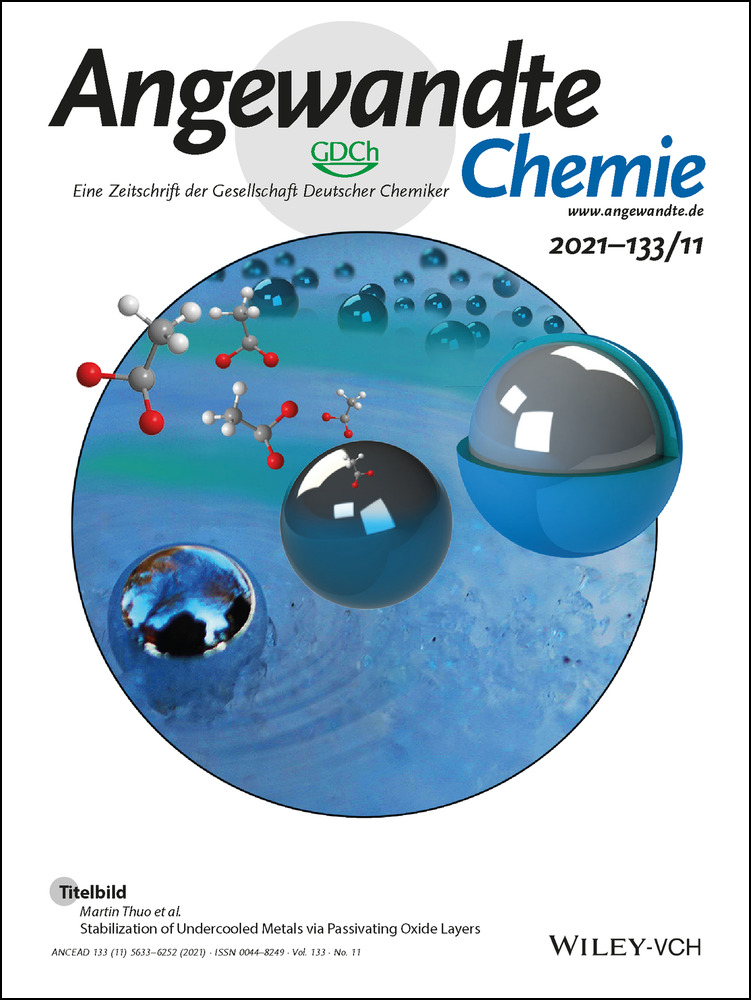Concentration-Dependent Subcellular Distribution of Ultrasmall Near-Infrared-Emitting Gold Nanoparticles
Abstract
The ability to accurately control the subcellular distribution of nanomedicines provides unique advantages on understanding of cellular biology and disease theranostics. The nanomedicine concentration is a key factor to affect the theranostic efficiency and systematic toxicity. Herein, we unravel a concentration-dependent subcellular distribution of near-infrared-emitting gold nanoparticles (AuNPs) co-coated with glutathione and a cell-penetrating peptide CR8 (CR-AuNPs), which shows a strong membrane-binding at high concentration but more endocytosis for mitochondria targeting at the low concentration region. Attributing to high content of AuI and microsecond luminescent lifetimes, these AuNPs can catalyze dissolved oxygen to generate singlet oxygen (1O2) efficiently. Combining with the concentration-dependent subcellular distribution, the luminescent AuNPs show photocytotoxicity in the relative low concentration region. These findings facilitate the fundamental understanding of the biological behaviors and potential cytotoxicity of ultrasmall luminescent AuNPs toward future theranostics.




